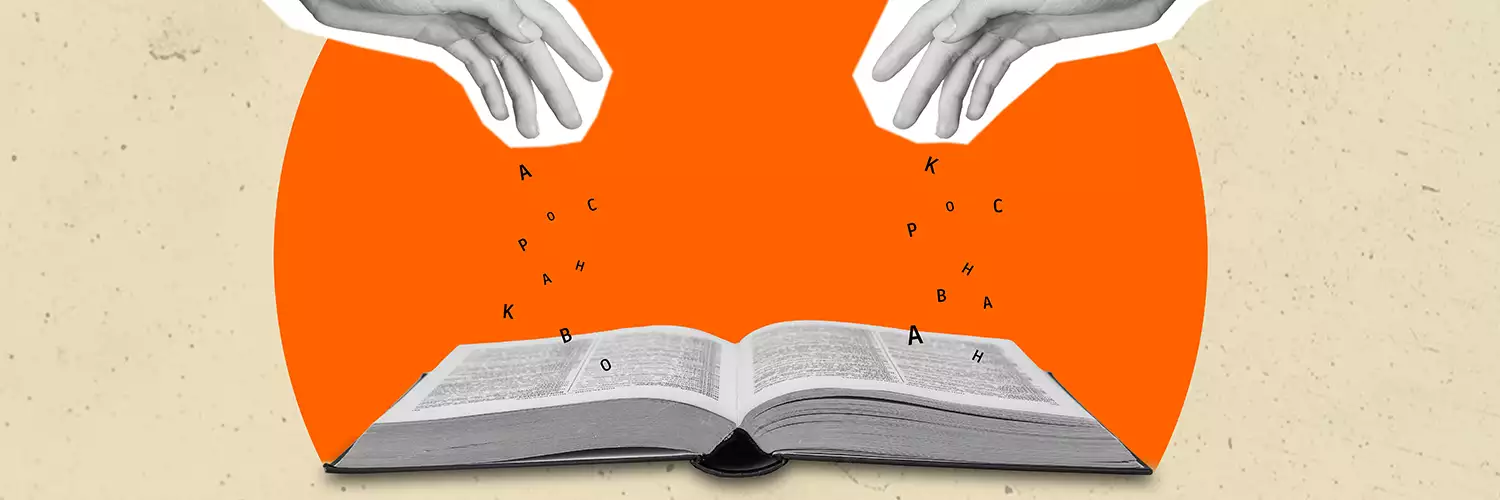What is a Snap Election?
A snap election is a political term referring to a vote that is called unexpectedly, usually in response to particular political circumstances. Unlike scheduled elections that occur at regular intervals, snap elections are initiated by political leaders or as a response to a situation that necessitates a quicker decision from the electorate.
Why are Snap Elections Called?
There are several reasons why a snap election may be called:
- Political Advantage: Leaders may believe that their party is in a strong position to win, especially following a positive surge in public opinion or unfavorable circumstances for opposition parties.
- Parliamentary Dysfunction: If a government finds it difficult to pass legislation due to a coalition’s instability or opposition’s resistance, a snap election may be seen as a way to secure a stronger mandate.
- Responding to Crises: In times of national crises or when significant decisions need to be made, leaders may decide to consult the electorate for a renewed mandate.
How Snap Elections Work
The process of calling a snap election can vary by country but generally involves a few key steps. The leader of the governing party needs to either dissolve the parliament or call for a vote of confidence, and the electoral commission sets the date for the election.
For example, in Canada, the Prime Minister can request the Governor General to dissolve parliament and call for an election at any time. In the UK, the Prime Minister can call for an election with two-thirds support in Parliament, or after a confidence vote.
Case Studies of Notable Snap Elections
The UK General Election 2017
In April 2017, UK Prime Minister Theresa May called a snap election, intending to strengthen her position in the Brexit negotiations. The election was scheduled for June 8, 2017. Initially, polls suggested a strong advantage for May’s Conservative Party; however, the results were surprising. The Conservatives lost their majority, resulting in a hung parliament.
The Canadian Federal Election 2021
In Canada, Prime Minister Justin Trudeau announced a snap election in August 2021, hoping to gain a majority following the success of his government during the COVID-19 pandemic response. Although Trudeau’s Liberal Party won the most seats, they fell short of securing a majority, leading to another minority government.
Statistics on Snap Elections
Research suggests that snap elections can yield unpredictable results. A study from the UK Electoral Commission stated that:
- Ten snap elections were held in the UK since 1945.
- In 60% of cases, the ruling party lost seats.
- Voter turnout for snap elections tends to be higher than average, drawing about 2% more participants than scheduled general elections.
The Risks Associated with Snap Elections
While snap elections can be strategically advantageous, they come with inherent risks:
- Public Backlash: If voters perceive the call for a snap election as politically opportunistic, it could lead to a backlash against the incumbent party.
- Voter Confusion: Rapidly changing election dynamics can confuse voters, which can affect turnout.
- Uncertain Outcomes: Snap elections, due to their sudden nature, can lead to unexpected results, further complicating the political landscape.
Conclusion
Snap elections are a fascinating aspect of modern democratic politics. They highlight the strategic maneuvering of political leaders and the volatility of public opinion. While they can provide a way to resolve parliamentary deadlock or capitalise on favorable circumstances, they are also fraught with risks that can lead to unexpected electoral outcomes.
Understanding the dynamics of snap elections, alongside their implications for governance, is crucial for active participants in the political landscape and for voters looking to make informed decisions at the ballot box.


